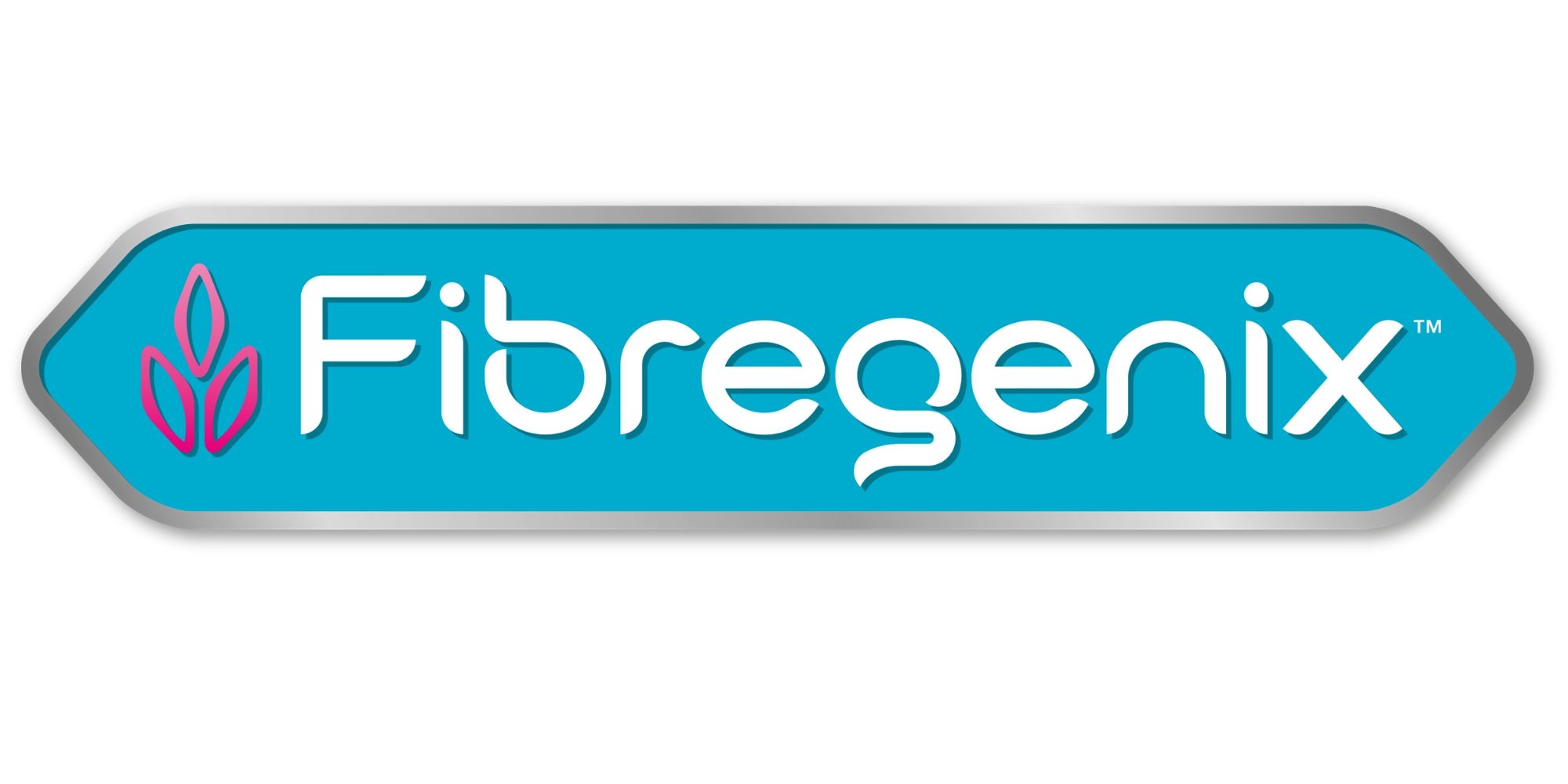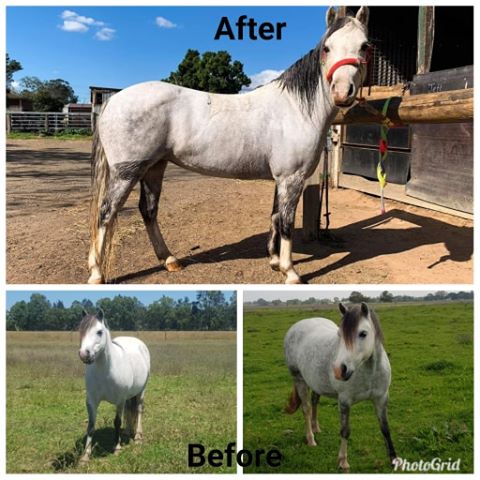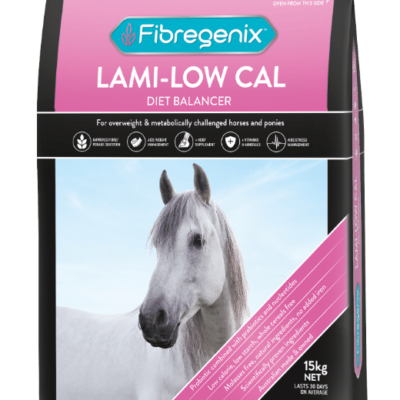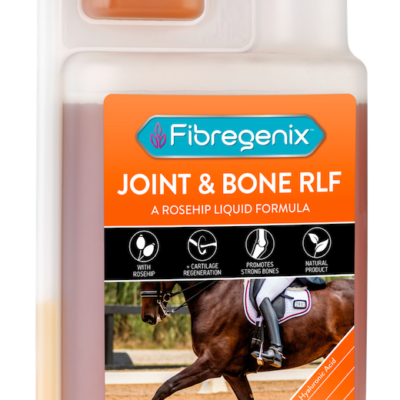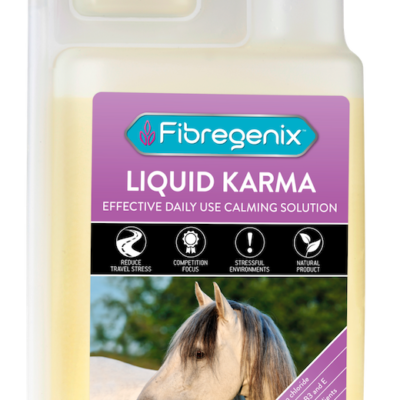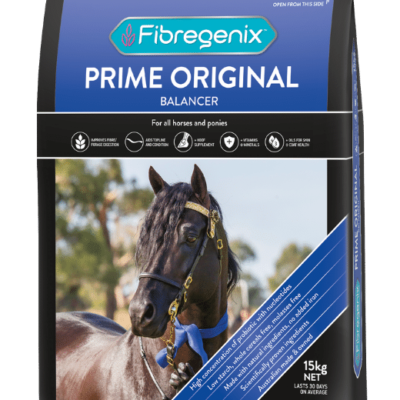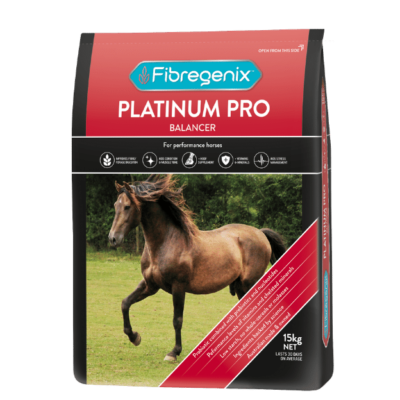 The Obesity Crisis
The Obesity Crisis
Managing weight loss in horses is vital, especially when your horse or pony is an easy keeper. It’s hard when you have a pony that’s looking too well for the good of their health. But with persistence and determination and correct dietary support, there’s a healthy way to achieve great results. Adding Fibregenix Lami Low-Cal to the diet has enabled Kristy’s pony (photo left) to shed those extra kilos.
“My daughter’s pony, Holly, has always been a heavy set lady but with Lami Low-Cal and a lot of hard work (on Holly’s behalf), I finally have her looking amazing. Lami Low-Cal pellets saved her…..”
Kristy M, NSW
You have to remember when you have an overweight horse/pony you can’t deprive them of feed. By this, I mean reducing total dry matter feed intake to 1% or below. Horses and ponies generally need approx. 2% of their body weight in total dry matter intake per day. This satisfies gut fill and digestive health. Equines have evolved to be trickle feeders. The digestive system is genetically wired to be eating for long periods of the day – up to 18 hours. Below 1% can create a risk of colic, ulcers as well as mental stress which can lead to stereotypical behaviour.
Your horse’s weight gain may have crept up over the years without you noticing. It’s only when that girth buckle or rug straps needs letting out, that you suddenly see what’s been going on. What you need to remember is weight loss shouldn’t be rushed if it’s to be healthy. Crash diets for horses don’t work any more than they do for humans.
Apart from the risk of metabolic problems eg, Cushing’s, PSSM, Insulin resistance, laminitis, EMS, etc, obesity will affect joint health. Although degenerative changes occur over the years, being overweight can result in far more serious joint issues than necessary.
To manage your horse’s weight make the following:
Assessment
- Weigh on a weighbridge, scales or use a weigh tape (less accurate)
- Assess Body Condition Score
- Evaluate the current feeding programme.
- Consider the weekly workload and soundness for exercise
- Set realistic weight loss goals. Aim for around 0.5% per week. Reassess every 2-4 weeks
- Make all dietary changes gradually and avoid prolonged periods of not feeding
- Never suddenly starve obese ponies, donkeys and miniature horses (especially if pregnant). This can result in hyperlipemia
- Develop a weight management programme once the desired weight/condition has been achieved
Restricted Grazing
So what can you do when the natural feeding pattern of the horse is for unrestricted access to pasture? Keep feeding – don’t starve. The key to weight loss is to feed less nutritious forage. Think fewer calories but still maintaining enough to not upset the digestive system which would create digestive problems. Reduce the standard 2% daily intake down to 1.5% or in extreme cases 1%.
Restricted grazing is an essential part of weight loss. Furthermore, some or all of the below can be employed.
- Turn out just at night when the grass fructans are at their lowest
- Use a grazing muzzle
- Create a strip graze protocol in the paddocks
- Consider yarding your horse/pony with a slow feeder hay net -(vital if there are accompanying metabolic issues)
Be mindful that reducing forage, whilst good for calorie control, can result in vitamin A, E, essential fatty acid and other nutrient deficiencies. These will need to be supplemented, particularly at times of the year when the paddocks might be sun-scorched or overgrazed. Lami Low-Cal will support restricted grazing and the diet in general, ensuring your horse/pony stays healthy on his weight loss journey.
Check List for Managing Weight loss in Horses and Ponies
- Whether a brisk walk in the bush, a lunge, horse-walker exercise or work over poles, etc. ALL exercise is important to help horses get in better body condition.
- Keep feeding – Don’t starve your horse. After the first week, the aim is to lose between 0.5% and 1% of body weight per week. Rates higher than this can become dangerous. Vet practices often have portable weighbridges and will visit yards, or try a weigh tape for a less accurate but ball-park figure.
- Feed little and often – Many horses are fed unlimited forage in summer when pasture is less available. The quality of forage and quantity being fed is important. Avoid long periods of fasting by using small-mesh haynets and splitting the daily ration into several evenly-spread portions. Horse owners often worry about gastric ulcers when restricting feed intake, but fasting overnight or for short periods during the day isn’t a problem.
- Low sugar – Make low sugar forage the bulk of the diet. Soaking hay in cold water for about an hour is recommended to help reduce sugar levels. Consider submitting hay for forage analysis.
- Trickle feeding – If no access to pasture and at low level of exercise, a reasonable starting point is to feed 1.5% of body weight of hay per day. Divide into several smaller meals to encourage continuous trickle feeding.
- Add a Balancer – Feeding a low-calorie balancer is recommended for any horse on a forage-only diet. Try Fibregenix Lami Low-Cal, the diet feed balancer.
- Restrict grazing – Limit access to pasture. Grass can contain as much sugar as horse/pony pellets especially in Spring.
- Treats – Avoid treats such as carrots and apples. Look for low-sugar fibre based treats.
Conclusion to Managing Weight Loss In Horses
Keep notes – Monitor and record the results. Take fortnightly or monthly girth and belly circumference measurements, body condition scores, and if available weigh on a weighbridge. Consult your vet/nutritionist after four to six weeks and review the feeding plan.
Managing weight loss in horses can be a case of ‘tough love’, but it’s our responsibility to keep them fit and healthy for prolonged and happy life. Persistence is key – being diligent and maintaining your horse at a healthy weight will potentially save him from weight-related illnesses, as well as being easier on your purse.
Reviewed and updated April 2021
